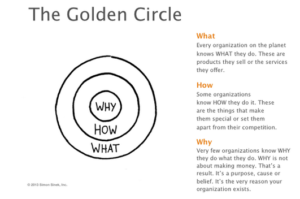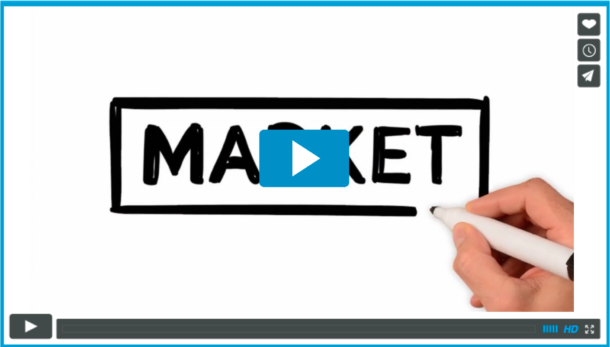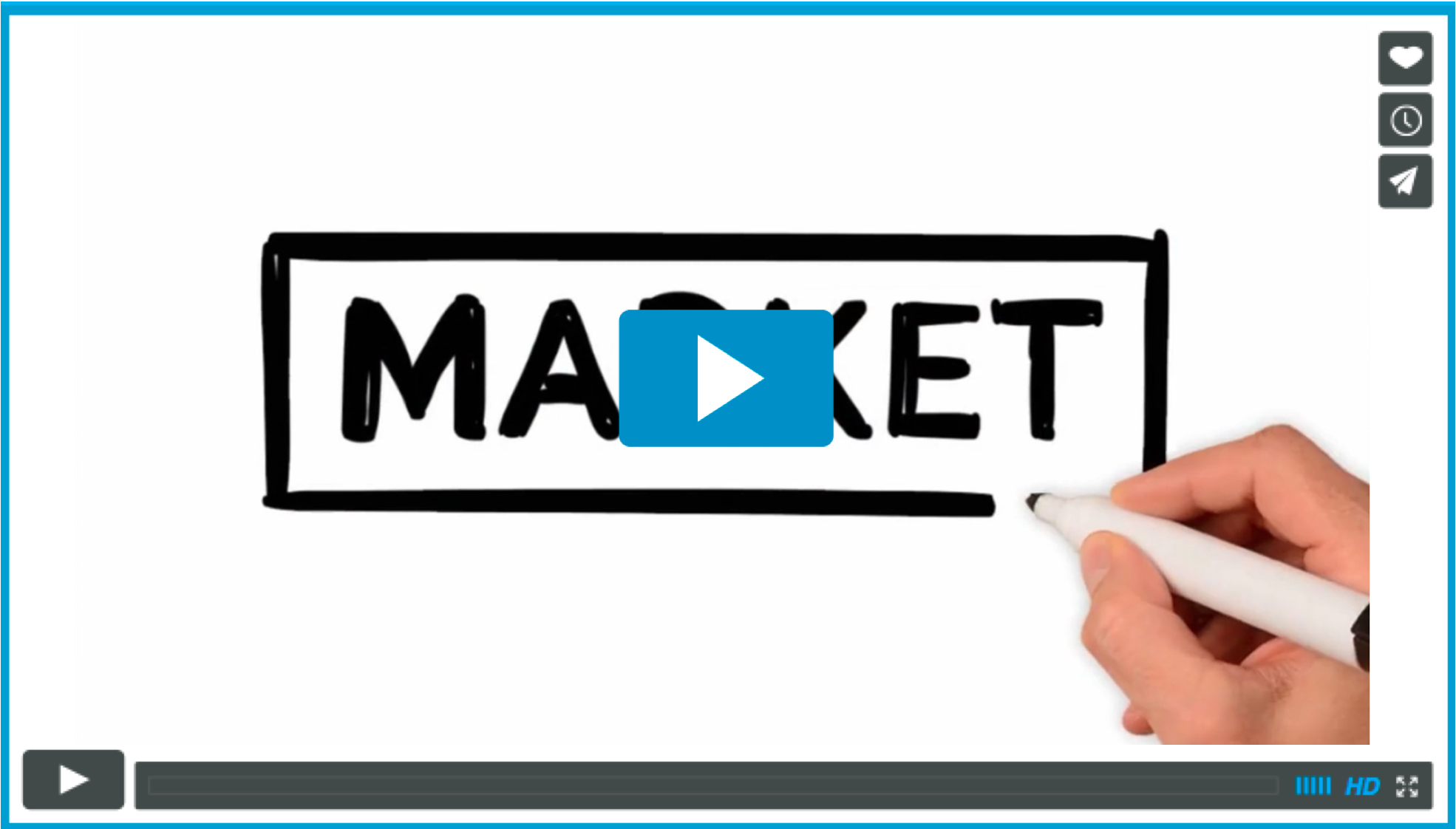Last week we took a look at managing people impacted by a restructure, focussing on three actions essential for achieving positive outcomes:
- Do it quickly
- Do it with integrity
- Be generous
I concluded by saying I wanted to focus this week on the team you’re keeping – notwithstanding that most attention in a restructure is devoted to the guys you’re letting go, and principled treatment of those staff is a core cog of the process, it’s important to keep perspective. Redundancies are only one part of the process. Effective restructures are driven by a vision – your role is engaging the organisation pre and post process with the vision. Your business vision builds the platform needed to reshape your organisation.
Setting the Vision
In his book (and accompanying Ted Talk) “Start with Why” Simon Sinek explains the pattern running through truly inspirational companies and (more pertinently), their leaders. These guys are characterised by a relentless focus on the “why”. They won’t consider the “how” or the “what” without piercing clarity on the “why” – the underlying cause or purpose that drives your business. Sinek has pulled this idea into an elegant piece of imagery he calls the Golden Circle.
Why: Most organisations have no idea “why” they do what they do. They struggle to outline a central purpose or belief beyond the making of money. When they can suggest a purpose often it sounds hollow – a soundbite rather than a “calling”.
How: In the absence of a “why”, some organisations may know “how” they do it. These are the elements that set a company apart – sometimes their USP or things give them a competitive edge. A less visionary company will confuse this with their “why”.
What: Regardless of a company’s understanding of the “why” or “how”, they will all know the “what”. This is the company’s output – the products and services that generate their turnover and profit.
So how does this apply to a restructure? We talked last week about the importance of clarity on goals for the restructure, how your staff knowing and understanding this creates a quicker, less painful experience. At the heart of this sits your “why” (or your vision) – placing “why” within all communications to staff and the wider business needs to be key to your process.
Within the context of a restructure, the actual reorganisation becomes your “how” – an action undertaken in the service of your “why”. Knowing how a reorganisation fits into your vision for the business makes it a more understandable process for all affected. And for your new team, a relentless focus on the “why” provides clarity on the expectations for the business and a renewed sense of purpose within the new organisation.
Following a reorganisation individuals will have been through a lot. They could be fatigued or cynical, needing to understand what is in this for them:
- They may have been dis-established and had to reapply for a role
- They may have seen some of their close friends and long term servants of the business exiting the business
- They are likely to be thinking – 20% less people and the same amount of work just means I have to work 20% harder
The inspiration provided by the “why” will give a vital reset for these individuals, helping them see a clear way forward in the business.
So if the business needs the “why” to move forward, next week we’ll look at how the setting of that vision creates a platform for your new teams to power on with the “how” and the “what”.





